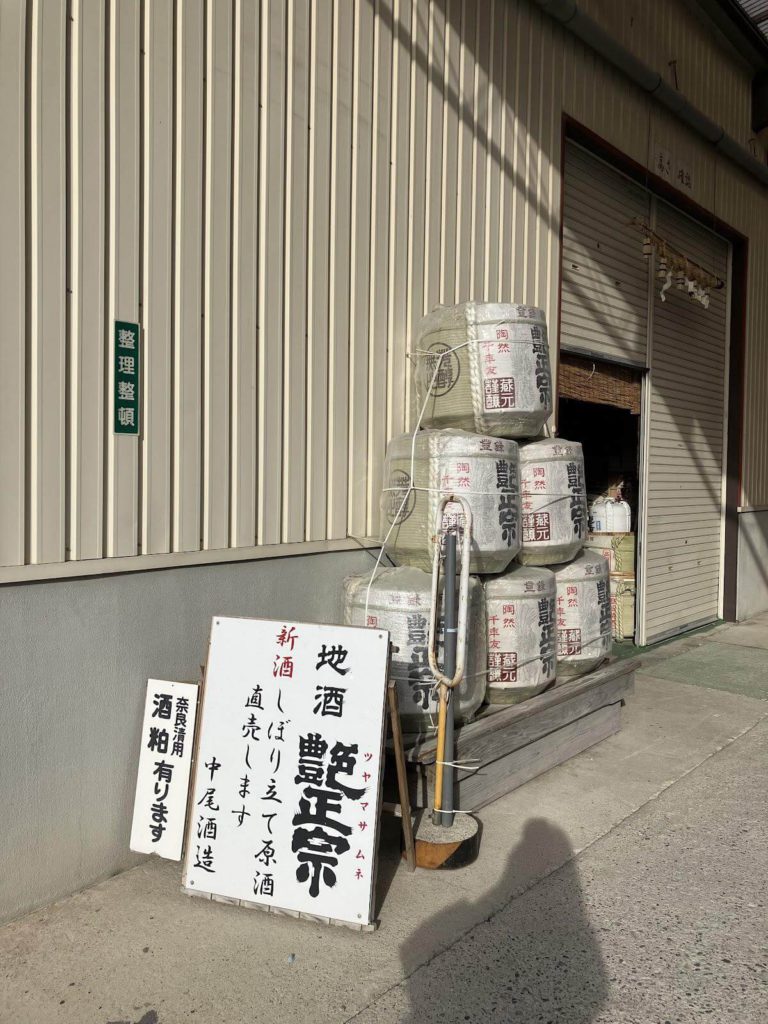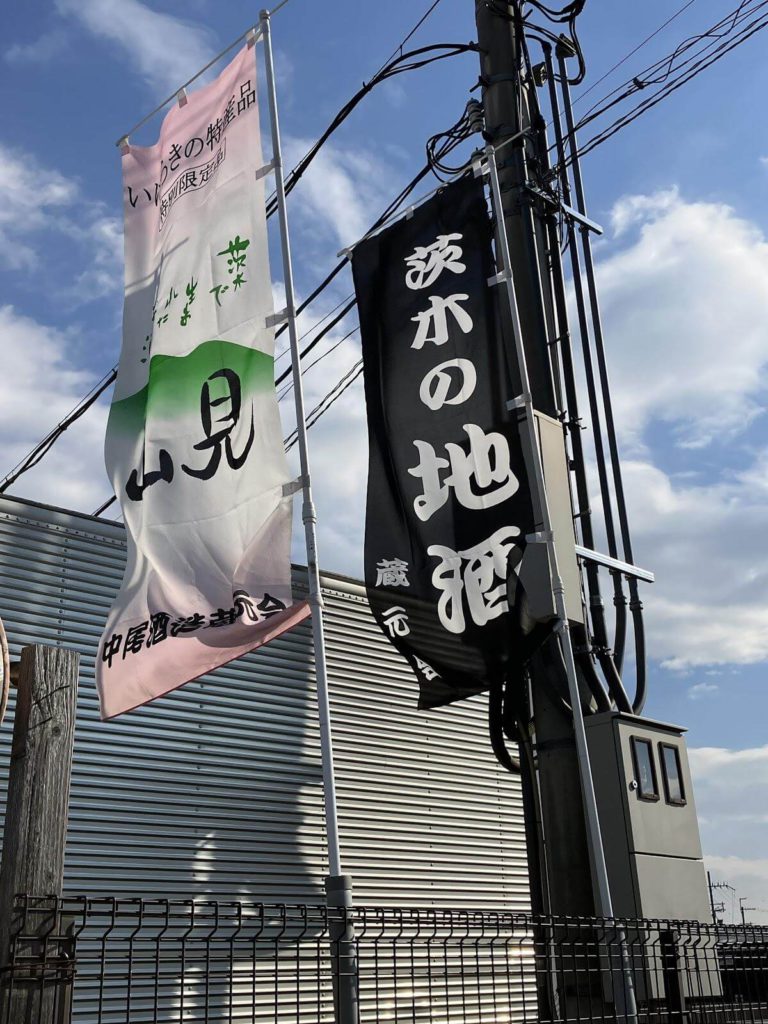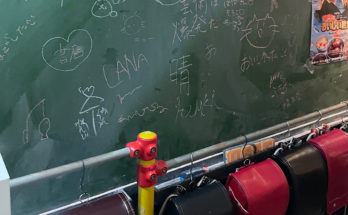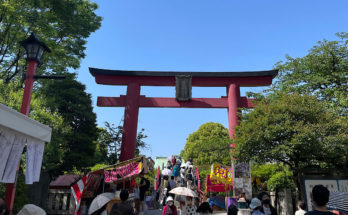When it comes to sake in the Kansai area, places like Nada in Hyogo and Fushimi in Kyoto are well-known, but did you know that the sake brewing in Ibaraki City, Osaka has a history of over 400 years? In the Edo period (1603-1868), alongside Tonda, Ikeda, and Itami, Ibaraki was recognized as a sake-producing region, known nationwide for its sake. It is said that in ancient times, the town prospered as it produced sake for the imperial court. Unfortunately, very few people know about it today.
Although Ibaraki City in Osaka Prefecture was known as a sake-producing region nationally from the Muromachi period (1336-1573) and into the Edo period, it was swept away by the trend of modernization in sake brewing. During its golden age, the sake breweries in Ibaraki city, numbering several dozen, succumbed to the waves of modernization and declined.
Even in this situation, there is a man in Ibaraki City, Osaka, who is dedicated to traditional sake brewing methods, untouched by the wave of modernization with machines.
He is Mr. Hiroshi Nakao, a 5th generation owner and also a toji (杜氏, sake brewer) with 20 years of experience. There are several people in Japan who are both the owner and toji of a brewery, but Mr. Nakao is said to be the only person in Japan who simultaneously serves as the owner and toji who handles all processes from 1 to 100, including making the koji (麹, malted rice).


Actually, he used to use rice from another region before. But one day he asked himself, “Can I call the sake I make ‘locally brewed’ when it is not made with local rice?” In the midst of searching for a solution, he discovered the existence of “Mishima Omachi,” the ancestor of the highly regarded rice for sake, Yamada Nishiki. It was an ideal rice for brewing, with large grains, a high proportion of white, opaque central parts, and a low protein content. It was planted in the mountainous areas of Ibaraki City until before the war, but its long stems made it prone to collapsing, being easily influenced by climate factors such as typhoons.
Due to the difficulty of cultivation, it disappeared in the 1920s. After the war, Yamada Nishiki, created by crossbreeding Omachi and Yamada Ho, became mainstream.
Acknowledging the challenges involved in cultivating it, he requested farmers and collaborated with the members of the Ibaraki Brewery Association. After about six years of effort, “Mishima Omachi” finally made a miraculous comeback in 1996. He moved the needle toward the dream of preserving the traditional sake brewing of Ibaraki City and passing it on to the next generation.

However, in addition to debts from previous generations, the COVID-19 infection from 2019 has caused a sharp decline in sake consumption nationwide. This made the business so difficult that he could not even buy the ingredients.
That’s when allies emerged to protect the tradition of sake brewing in Ibaraki City: lawyers born and raised in the city, a knowledgeable IT entrepreneur, an advertising agency president, and employees from these companies. With their ideas, they launched a crowdfunding campaign and gathered supporters. Thanks to many people’s support, the new sake “Next” was born. The name of this sake embodies Mr. Nakao’s desire to pass on the traditional culture of Ibaraki to the next generation. A website and online store were also created, making it possible to deliver sake with a history of over 400 years in his city to sake enthusiasts nationwide.
You can purchase his sake from the following website link.
https://nakaosyuzou.com/
Additionally, you can also receive his product as a return gift for “Furusato Nouzei (ふるさと納税, hometown tax payment).” Please check it!
https://item.rakuten.co.jp/f272116-ibaraki/1004076/
Earlier, I mentioned he makes sake using traditional methods. Among them, Mr. Nakao is particularly meticulous about the squeezing process. Nowadays, it is common to squeeze moromi (醪), which is the sludgy fermentation liquid, by an automatic pressing machine.
However, Mr. Nakao uses a method called “Funashibori (槽しぼり),” where moromi is put into sake bags and stacked in a tank called a “Sou (槽).”
Initially, no pressure is applied, and the sake is slowly squeezed by its own weight. Then, pressure is applied evenly from the top midway through the process.
The process of filling the sake bags with moromi and stacking them is done manually by Mr. Nakao alone. It is really hard work because sake bags contain a lot of water and are very heavy. As a result of his dedication, high-quality sake with a gentle taste and clear flavor is created.
You can see his earnest efforts in the following YouTube video. Click on the image and check the link that appears to view his sincere work.
Mr. Nakao’s life has been full of ups and downs. However, in August 2022, he was featured on the popular Kansai TV show “Yo-i-don! (よ~いドン!)” and was recognized as the “Tonari no ningen kokuhou san (となりの人間国宝さん),” which means living national treasure in our town. He pledged again to continue making delicious sake and must pass the tradition on to the next generation!
You can check about the broadcast from the link below.
https://camp-fire.jp/projects/view/637100

Conclusion
Mr. Hiroshi Nakao is strongly committed to preserving the traditional sake brewing methods of Ibaraki City, bringing back its rich history and heritage. Despite challenges like modernization and the COVID-19 pandemic, Mr. Nakao’s dedication, supported by allies, has revived the esteemed “Mishima Omachi” rice for sake and created the new sake called “Next.” As we enjoy this carefully crafted sake, we not only savor the flavors of tradition but also play a part in continuing a legacy that Mr. Nakao is determined to pass on to the next generation.

I live in Osaka and teach Japanese as a volunteer. My dream is to live in Malta, an island country in the Mediterranean, after retirement.






Another well-written article. I am glad to know traditional methods of sake brewing will be passed down to future generations because of Mr. Nakao. I would love to try this stuff for myself someday.
Hi! Navi san! Thank you for reading my article and leaving a comment! The brewery tour was very interesting for me. I wish you could come to Osaka and have various kinds of sake with me someday!